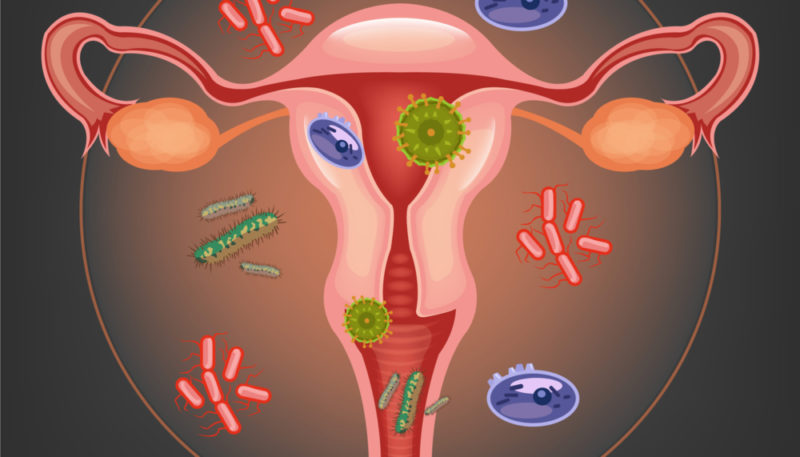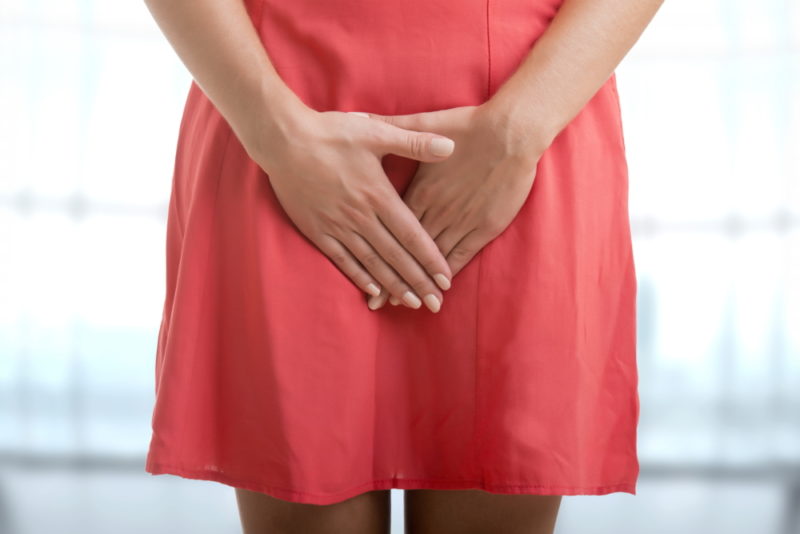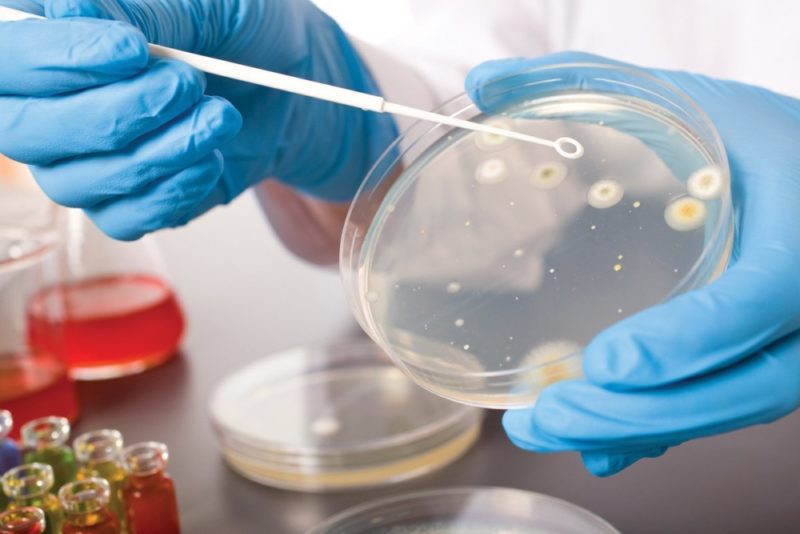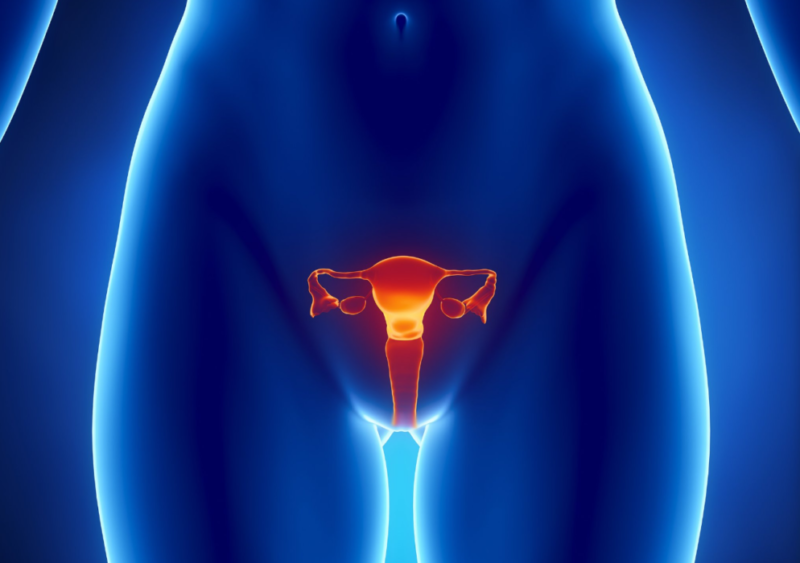Gardnerella vaginalis is an anaerobic bacterium that is often present in the female body. Normally, gardnerella is not dangerous, but if the healthy balance in the microflora of the vagina is disturbed, it can provoke the development of the disease.
Material Content:
What is gardnerellosis
Gardnerellosis is the second name for such a common disorder as bacterial vaginosis. The disease occurs due to a change in the balance between “good” and “conditionally bad” microflora that inhabit the female genital organs. In the case of gardnerellosis, the disease is caused by an increase in the population of the bacterium gardnerella vaginalis.
In general, this is a fairly harmless disease, but only with timely treatment. Otherwise, against the background of gardnerellosis, other pathologies and secondary infections may develop. With the timely detection of symptoms, bacterial vaginosis can be completely eliminated for a short course of drug therapy.
How is transmitted in women, men
Gardnerella is considered a purely female microorganism. This bacterium is found in the composition of the microflora of the vagina of most women and does not cause any discomfort. You can talk about the disease only if some factors provoked the rapid growth of this bacterium.
The reasons for the increase in the gardnerella population include:
- wearing synthetic underwear;
- the use of low-quality products for intimate hygiene;
- douching abuse;
- reaction to daily pads;
- taking antibiotics or glucocorticosteroids;
- decreased immunity;
- promiscuous sexual intercourse.
Gardnerella can be transmitted sexually, however, the diseases caused by this bacterium are not sexually transmitted.
In the male body, this pathogen does not survive, but can be accidentally introduced through unprotected sexual contact. But a man can infect a woman, without expecting it. Moreover, since in a third of women this bacterium is present in the body, it is often enough just to change the sexual partner to get gardnerellosis, even if the man is absolutely healthy. In this case, an increase in the bacterial population in the woman’s body is due to an ordinary reaction to the microflora of a new partner.
A man can become infected from a woman, but in the vast majority of cases he will not have any symptoms, and the body can independently get rid of the bacteria in a short time. This is due to the fact that when detecting gardnerellosis in women, gynecologists do not prescribe treatment to a sexual partner.
Previously it was believed that gardnerella can be infected by contact-household means, for example, when using other people's towels. Today, doctors are increasingly refuting this version, noting that the risk exists only for people with a strongly weakened immune system.
First signs of the disease
Gardnerella vaginalis in women causes bacterial vaginosis. The first signs are a change in the intimate smell. Women describe this symptom as an “onion” or “fishy” smell. At the same time, the number of secretions also increases, but their consistency or color at the beginning of the development of the disease does not change.
Gardnerella vaginalis in men in most cases is asymptomatic. With a strong weakening of the immune system, the development of urethritis against the background of infection with a bacterium is possible.
Symptoms and clinical presentation
As the disease develops in women, unpleasant symptoms intensify. If at first only abundant discharge is concerned, after a few days they become grayish, the smell intensifies.
A characteristic feature of gardnerellosis in women is that the pungent odor is not eliminated by soap and special means for intimate hygiene.
And also the discharge may become more watery, but this largely depends on the accompanying changes in the composition of microflora. In some cases, they become thick and lumpy, which is often mistaken for thrush. Moreover, this does not mean that there is no fungus of the genus Candida in the vagina, however, candidiasis can act as a secondary infection that has arisen against the background of dysbiosis.
Some women experience mucosal irritation, redness, and swelling of the labia minora. And also slight itching may be observed, however, most often it is associated with concomitant diseases. During sex, severe discomfort is felt, swelling of the walls of the vagina due to irritation is possible. This symptom indicates the progression of the disease, which means that it’s enough to delay a visit to the doctor, otherwise complications will not work.
Vaginal dysbiosis is a purely female disease associated with an increase in the number of gardnerella. In men, gardnerellosis is asymptomatic. The appearance of discomfort indicates damage to the urethral mucosa and the development of urethritis, however, gardnerella plays far from the first role here. The fact is that urethritis can be triggered by other opportunistic microorganisms that “went to growth” due to imbalance due to the penetration of female anaerobic bacteria.
Urethritis is manifested by the following symptoms:
- grayish liquid discharge;
- unpleasant odor from the genitals;
- slight pain or slight burning sensation during urination.
Nevertheless, the diseases associated with gardnerella vaginalis in men almost never appear, due to the specifics of this bacterium, in the very name of which there is a reference specifically to the female body (the word "vaginalis"). According to statistics, gardnerella remain in the male body no more than in 10% of cases of infection, and only a third of men who are not lucky enough to enter this number have symptoms of urethritis.
How does the disease occur during pregnancy
Gardnerellosis in pregnancy is a fairly common problem. The growth of the bacterial population is due to hormonal changes occurring in the woman’s body. Despite the fact that this is not dangerous for the child, the violation must be treated. It causes discomfort and is potentially dangerous for the development of postpartum problems in women.
Symptoms of the disease in pregnant women are the same as in all other cases. The main signs are a change in the amount of natural secretions and a sharp unpleasant odor from the vagina.
Diagnostic measures
Having figured out how gardnerella vaginalis is transmitted, and what symptoms it causes, you should undergo an examination if they are detected.
Any discomfort on the part of the genitals is an occasion to take tests as soon as possible.
The presence of gardnerella can be determined using a routine microflora analysis. The presence of this bacterium is evidenced by key cells, as well as rod or mixed flora in the smear. To obtain a detailed answer, a PCR analysis is done.
In general, if gardnerella is less than 104, treatment is not performed. This amount is the norm for a woman and is not harmful to the violation of microflora. The diagnosis is made when the number of these bacteria exceeds 106-107, while there is a vivid clinical picture of vaginal dysbiosis.
Men are prescribed a regular smear from the urethra. In most cases, gardnerells are not found in the material or their amount is insignificant. The need for treatment depends on the results of the analysis.
Gardnerella vaginalis treatment
For the effective treatment of gardnerellosis, it is necessary to determine the cause of the increase in the bacterial population. If this factor is not eliminated, drug therapy will bring only temporary relief, but after 1-2 months the disease will make itself felt again.
Medications
Comprehensive treatment of gardnerellosis includes 3 stages. First you need to destroy the causative agent with antibiotics. This bacterium is sensitive to the action of metronidazole, which is the first-line drug in the treatment of gardnerellosis. Women are prescribed vaginal suppositories based on this antimicrobial and tablets with the same composition.
Examples of drugs are metronidazole suppositories, Trichopol tablets, Metrogil vaginal gel (an analogue of suppositories).
At the same time, it is necessary to strengthen the immune system, for which special means are used, for example, Lavomax tablets. After the course of taking the antibiotic, various medications are prescribed, including in the form of suppositories, the action of which is aimed at restoring the normal balance of the vaginal microflora.
Folk remedies
Alternative methods of treatment are popular, but gynecologists are not recommended. The fact is that to destroy pathogenic microorganisms, douching with decoctions of medicinal herbs is used, and this procedure only exacerbates the problem, affecting not only the “bad” microflora, but also the “good” one.
The following fees are used for treatment:
- birch leaves, wormwood, dandelion flower;
- calendula and mint;
- camomile with thyme and geranium;
- walnut leaves.
To prepare the medicine, the ingredients are taken in equal proportions, mixed, and then the infusion is prepared. To do this, 2 large spoons of the mixture must be placed in a thermos, pour 500 ml of boiling water and insist under the lid for 4 hours. Such medicines should be taken in 100 ml morning and evening.
For douching, you can use a decoction of chamomile, geranium, yarrow or sage. To prepare the solution, you need to add 1 large spoon of the selected plant with a glass of boiling water, boil for 10 minutes, strain and cool. Douching should be carried out 1 time per day for a week.
Partner treatment
In most cases, men are not prescribed treatment, since the gardnerella in their body does not linger. If the partner has specific symptoms, and a pathogenic bacterium is found in the smear, it is necessary to use the same drugs as for women - metronidazole in tablets and gel (cream), an immunomodulator. The duration of therapy depends on the characteristics of the course of the disease, but on average it takes from 5 to 10 days.
Forecasts and Complications
Gardnerella itself is not a health hazard and can be successfully treated. Under the condition of timely therapy, the prognosis is favorable; it is possible to get rid of gardnerellosis in a short time.
In advanced cases, there is a risk of developing dangerous complications. These include inflammation of the vagina and appendages of the uterus, endometritis, infertility. Such dangerous consequences are associated with the fact that a constant imbalance of the vaginal microflora deprives a woman of natural protection, therefore, the risk of various infectious and inflammatory diseases increases. In men, gardnerella can cause the development of epididymitis, prostatitis, infertility. In this regard, it is important to timely detect the problem and undergo treatment.
Prevention
As a preventive measure, it is necessary to eliminate the main causes of gardnerellosis. Women should not abuse douching with Miramistin and Chlorhexidine. And you also need to give preference to underwear made from natural fabrics, to maintain immunity. It is important to avoid unprotected sex and personal hygiene. Both women and men are advised to use barrier methods of contraception.























